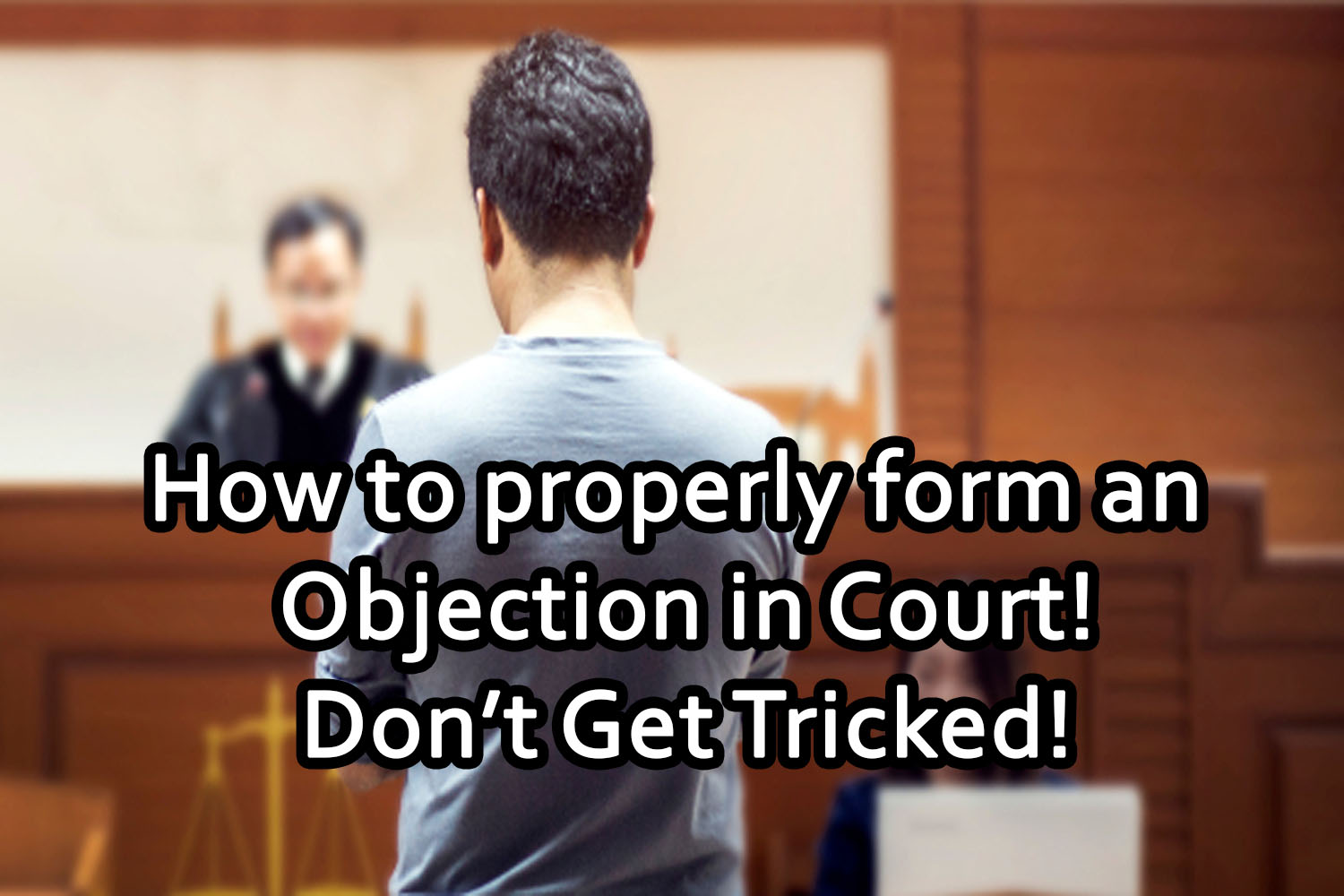Answering an unlawful detainer pleading requires filing a formal written response, typically called an “Answer,” within a specified timeframe (usually 5 court days) after being served with the summons and complaint. This “Answer” allows the tenant to formally respond to the landlord’s eviction claims, denying or admitting allegations, and presenting any defenses. It’s crucial to file the Answer with the court and serve a copy on the landlord or their attorney.
Here’s a more detailed breakdown:
1. Understanding the Process:
- Serve a Summons and Complaint:. The landlord initiates the eviction process by filing a complaint with the court and serving the tenant with a summons and complaint, outlining the reasons for eviction.
- Time Limit for Response:.In an unlawful detainer pleading, a tenant generally has a few days to respond to the summons and complaint. This response often involves filing an “Answer” or other response form with the court. The specific timeframe can vary depending on the jurisdiction and the rules of the court, but it’s typically within a few days after service. The North Dakota Attorney General, for example notes that the court hearing is often scheduled within three to fifteen days of service.
- Elaboration:
- A. Service of Summons and Complaint:.After a landlord initiates an eviction (unlawful detainer) case, the tenant is served with a summons and complaint, which includes the date and time of the court hearing.
- B. Timeframe for Response:.The summons and complaint will also specify the deadline for filing a response, which is typically within a few days.
- C. Filing an Answer:.The tenant’s response to the complaint is often an “Answer,” where they can state their legal defenses and argue against the landlord’s claim.
- D. Court Hearing:.in new tab If the tenant doesn’t respond or the case proceeds to trial, the court hearing will be held on the date and time specified in the summons.
- E. Writ of Possession:. If the court rules in favor of the landlord, the tenant typically has a short period, like five days, to vacate the premises.
- Filing an Answer:.The most common and crucial response is filing an Answer – a formal document where the tenant responds to the landlord’s claims.
2. Key Elements of an Answer:
- Denying or Admitting Allegations:The tenant can deny or admit the allegations in the complaint. For example, if the landlord claims unpaid rent, the tenant can either admit the rent is unpaid or deny it, perhaps with a claim that they were not served with the proper notice or there was an issue with the property.
- Presenting Defenses:The tenant can also present defenses to the eviction, which might include:
- Insufficient Notice: If the landlord didn’t provide proper notice as required by law.
- Retaliation: If the landlord is evicting the tenant in retaliation for legal actions or complaints.
- Breach of Warranty of Habitability: If the property has serious issues (e.g., leaks, pests, code violations) that the landlord hasn’t fixed.
- Discrimination: If the landlord is discriminating against the tenant based on protected characteristics.
- Denial of a Land Lord Tenant relationship: This is the proper response if you want to challenge title to property.
- Other Defenses: Any other legal defenses that may be applicable based on the specific circumstances of the case.
- Specific Denials:If the tenant has information that they know is false, they can provide specific denials of statements in the complaint.
3. Filing and Serving the Answer:
- File with the Court: The Answer must be filed with the court within the specified timeframe.
- Serve the Landlord: A copy of the filed and stamped Answer must be served on the landlord or their attorney. This can be done by hand, mail, fax, or email (if agreed upon).
- Proof of Mailing: Some courts require proof of mailing when serving the Answer.
4. Additional Considerations:
- Cross-Complaint:. If the tenant believes the eviction is unjust, they may also consider filing a cross-complaint, which is a lawsuit by the tenant against the landlord.
- Motion for Continuance:. If the tenant cannot attend the court hearing, they may file a motion for continuance (a request for a new court date).
- Gathering Evidence: It’s crucial to gather all pertinent information related to the eviction, such as the lease agreement, rent payments, communication with the landlord, and any other relevant documents.
In summary, the Answer to an unlawful detainer pleading is a crucial step in responding to an eviction lawsuit. It allows the tenant to deny or admit allegations, present defenses, and ultimately fight the eviction. Failing to file an Answer can result in a default judgment against the tenant.







